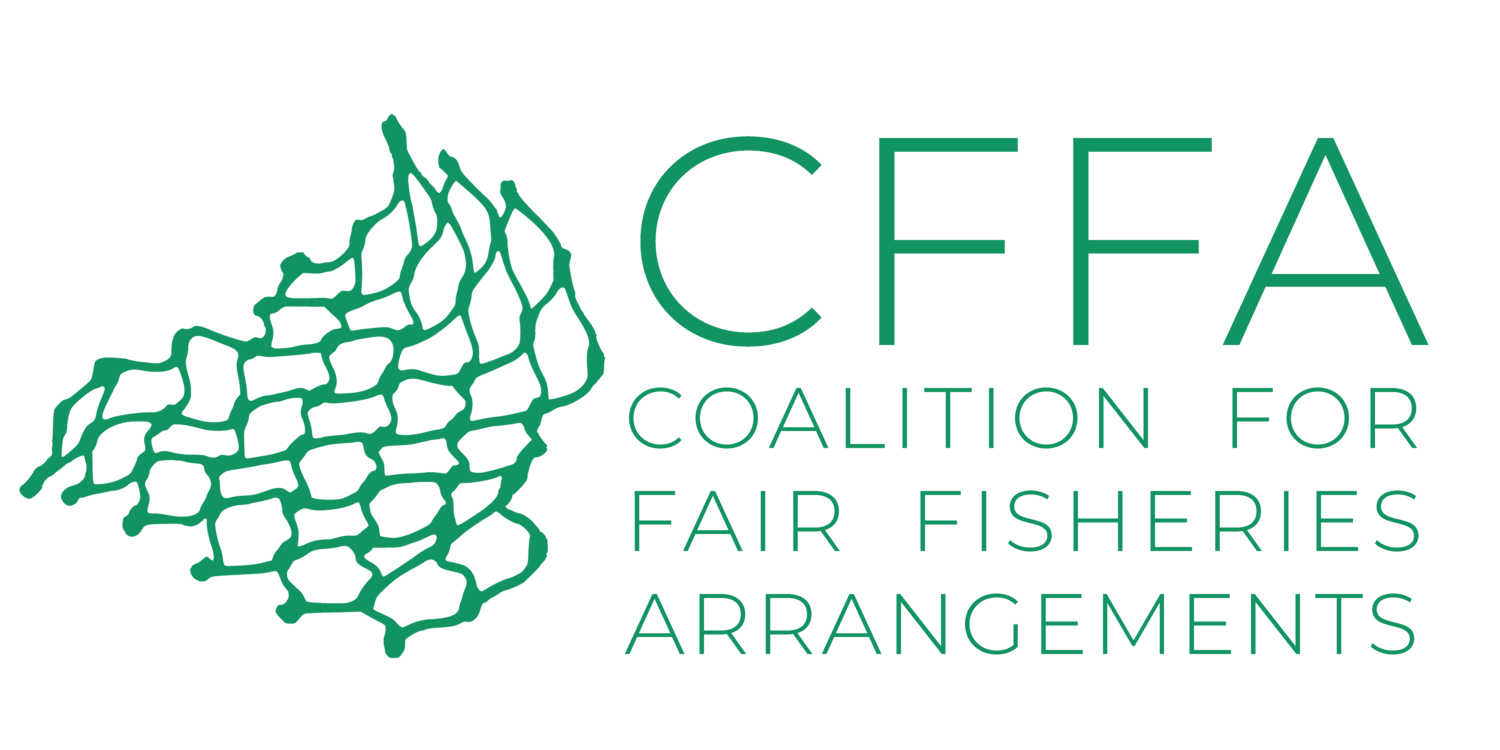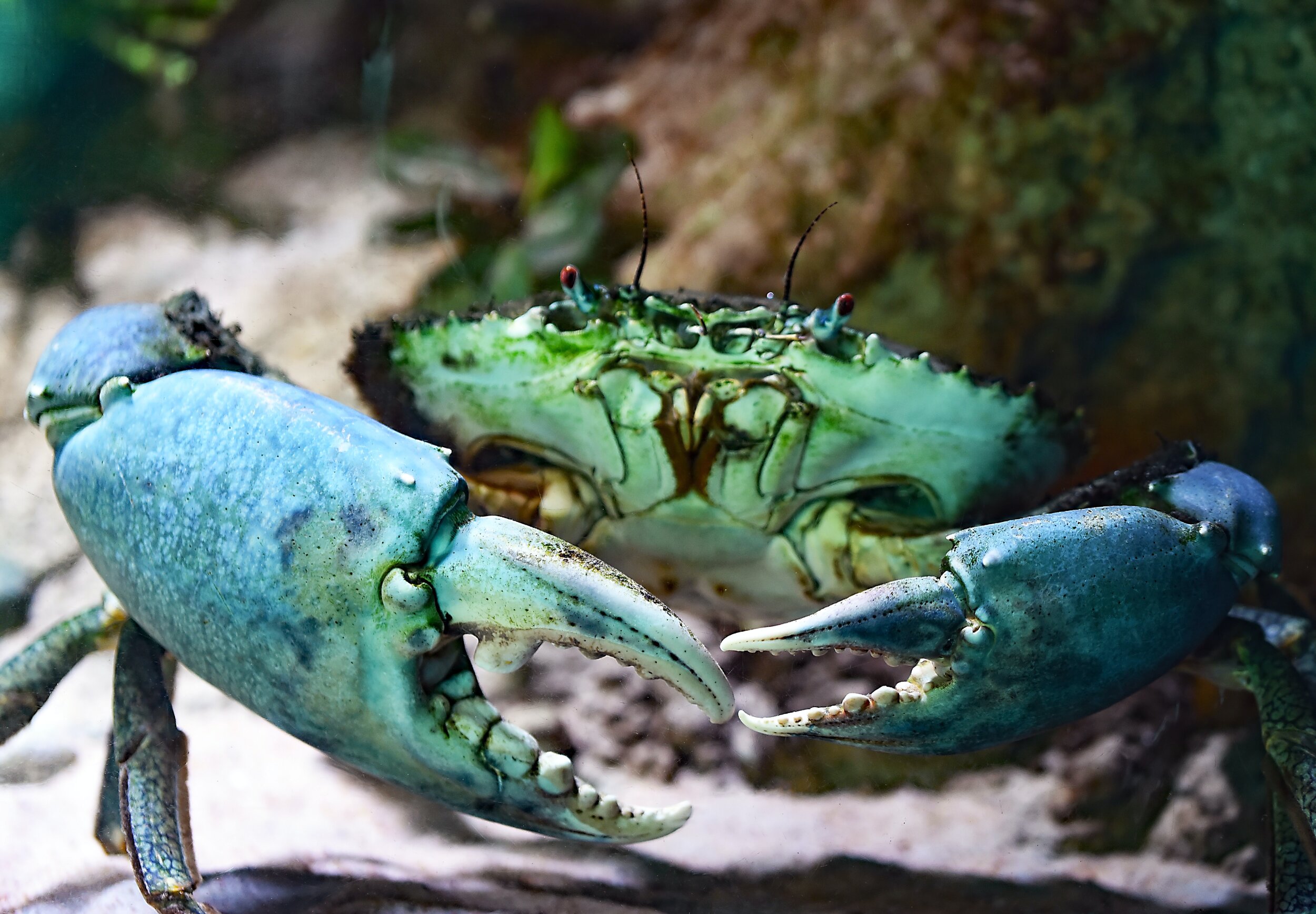Since January, trade in mangrove crab has resumed in Madagascar, after the authorities suspended the “fishing, collection, sale, transport, conservation and export” from 15 October to 15 December 2020.
The resumption of live crab exports to China, the main market, is a godsend, as it coincides with the Chinese New Year, which sees demand for this luxury product exploding - with prices rising accordingly. China buys live mangrove crabs. There are other markets for frozen crab, such as the EU and Mauritius.
About ten years ago, crab exploitation in Madagascar was a secondary activity. The development of the lucrative trade in live crabs to Asia, China in particular, has tripled the export value between 2013 and 2018. Today, with an estimated export capacity of over 5,000 tonnes per year worth around US$10 million, mangrove crab has become one of Madagascar's main export species, surpassing even the wild caught shrimp, Madagascar's “pink gold”.
Small-scale fishermen left out iN the cold
Crab fishing is the main source of income for several tens of thousands of Malagasy small-scale fishermen active in the mangroves. But these small fishermen benefit very little from this flourishing trade. In recent years, tensions have increased between export companies and these fishermen, who denounce the low price of the product offered by the collectors.
In Mahajanga, on the West Coast of Madagascar, a region renowned for its crab abundance, exporters are taking advantage of their monopoly position to impose a low price on fishermen. In the region, the Chinese are now the main buyers of mangrove crabs. In 2019, a kilo of crabs was selling for 6,000 ariary (1.3 euros). There is no tangible impact of this trade on the region's fishing communities, either in terms of individual income or investment in infrastructure. “A town like Mahajanga, the most representative in terms of small-scale fishing, does not even have a landing site for our fishermen,” says one of them.
The crab fishing closure period at the end of 2020 has not been easy for some small-scale fishing communities. A crab fisherman from Morombe said: “We have nothing against closing the crab fishery. It's the timing of the closure that doesn't suit us. In 2018, the closure of the fishery extended from June to August, the egg-laying period, when the small crabs grow... In this month of December, the crabs are already 12 cm in diameter and when they are at this stage, they leave the mangroves to go a little further out to sea.”
The lack of income for the fisherman during the months when fishing is closed also has different effects depending on when it takes place. This fisher points out that during the usual closed season, between June and August, the lack of income is more bearable because the cost of living is lower: “the rice cup can go down to 200 ariary and the Cape pea is harvested locally.” But when the closure of the fishery comes at the end of the year, “rice costs 650 ariary a cup at the market in Morombe, and there are no other legumes available.”
However, the closure of the mangrove crab fishery is an important part of the strategy to combat overexploitation of this resource, and compliance with this measure by fishermen is essential. But poverty in small-scale fishing communities makes it difficult to comply with the measures: “This is a matter of survival. We fish so that we don't steal,” insists this other fisherman.
Efforts to ensure sustainable exploitation
A few months ago, the Malagasy national platform of SANSAFA and the RENAFEP (Southern African Non-State Actors Platform in Fisheries and Aquaculture and the Réseau National des Femmes de la Pêche à Madagascar) highlighted this problem, explaining that “faced with the growing demand for crabs for export, which is greater than can be sustainably produced, fishermen risk breaking the regulations and not respecting the minimum exploitable size and the closed season.”
The issue of the sustainability of mangrove crab exploitation has been at the centre of the Malagasy authorities' concerns for several years. After a process involving regional and national authorities, research institutes, NGOs, small-scale fishermen and certain collection companies, the ministry in charge of fisheries has committed, in 2018, to reintroduce the closure of crab fishing and to increase the legal size of crabs from 11 to 12 centimetres.
At the end of 2020, the Ministry of Agriculture, Livestock and Fisheries (APRM), with the support of the SWIOFish2 project financed by the World Bank, announced the establishment of a national co-management platform to ensure the sustainability of the sector. In support of this initiative, from 2020 to 2023, the CORECRABE project, funded by an EU programme and led by the Institut de Recherche pour le Développement (IRD), aims to “improve the management, governance and sustainability of the socio-economic benefits of fisheries at the national level, for the benefit of the populations living on the west coast of Madagascar.”
The opacity in export quotas allocation
To be successful and bring the announced benefits to small-scale fishermen, however, these initiatives by the authorities will have to be part of a context of good governance of the sector and transparency in the management of this fishery, particularly with regard to the allocation of crab export quotas.
SANSAFA and RENAFEP have denounced the fact that in 2020, based on unclear criteria, export licences for crabs were granted to only five Chinese companies: Company Drakk, Santi Import Export, Dragon de la Mer, Mapro Sud, and Ocean-Export. The dozen other operators who remained on the sidelines shared this observation: “There is no transparency... We asked what criteria these Chinese have that we don't have. The answers were evasive. We asked what is the annual export quota for each of them. No answer either, but our collection permits are suspended and we are simply not allowed to export”. Some suspect that this monopoly is the result of bad governance practices, reminiscent of some of the methods of the past. For example, in 2016, a Chinese operator promised more than 4 million USD to ensure exclusivity in the crab trade and the ousting of its direct competitor.
Since the annual quotas allocated to exporters remain confidential, the tariff charged for licences is also confidential. There are also no details filtering out regarding the actual catches or the tonnage actually exported. For SANSAFA and RENAFEP, these actions are contrary to good fisheries governance, “and are also contrary to the FAO guidelines for sustainable and responsible fisheries and the Malabo Declaration, which recommends boosting inter-African trade.”
A loss of income for the Malagasy government
According to the Groupement des Entreprises de Madagascar (GEM) and the Groupement des Aquaculteurs et Pêcheurs de Creveurs de Madagascar (GAPCM), this opacity in the exploitation of mangrove crab also leads to a significant loss of income for the Malagasy state: “Some sectors, in particular crab and shark fin, excessively under-declare the export value in order to avoid the fair level of royalties they should pay. Today, crab has become the main value exploited and should contribute 2 or 3 times more than shrimp to state revenues.” In order to improve the value of exports from Madagascar, and consequently the royalties, these groups are asking for the proper functioning of the Economic Observatory of Fisheries and Aquaculture to be restored.
Whether NGOs, small-scale fishers or the fishing industry, the conclusion is the same: sustainably managed, transparently exploited, with a more equitable sharing of benefits for the benefit of small-scale fishers, the mangrove crab resource has the potential to become an engine of social and economic development, particularly at the level of coastal communities. While small-scale fishers are now struggling in poverty, further aggravated by the Covid crisis, this is an opportunity not to be missed.











For the agreement to contribute effectively to the Sustainable Development Goals, it is essential that the forthcoming negotiations, prior to the thirteenth ministerial conference, focus on the main threat to artisanal fisheries in Africa: overfishing and overcapacity, especially by foreign-owned vessels.